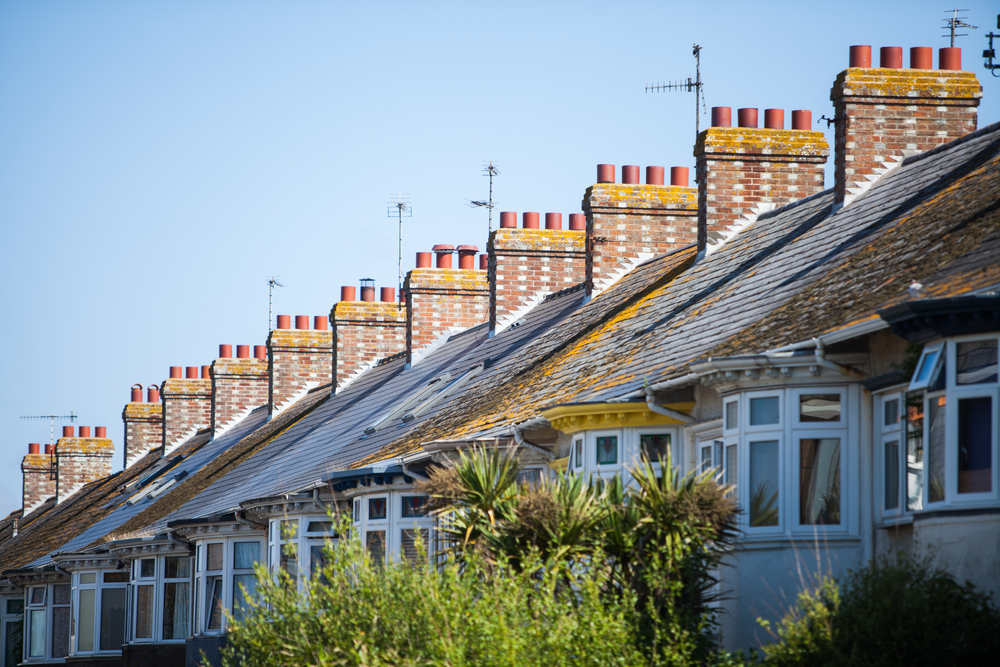
This, he enthused, “would be extremely important to the future of housing”.
With MC, most construction takes place in a factory and the individual sections of a building, or modules, come complete with kitchens, bathrooms and interior fittings all ready to be craned into position on site as one of a series of boxes. Assembling in dry factory conditions on a production line can provide better quality control, less material waste, and a high-quality finished interior.
MC has been widely advocated as the modern way to build houses and flats – possibly even high-rise tower blocks. It has been praised for its speed of construction and potential contribution to the housing crisis and – by providing well insulated homes – climate change as well.
Surveyors acting for mortgage lenders will be required to advise as to whether a flat in a high-rise block built using MC is suitable mortgage security and if so value it for mortgage purposes. Surveyors are by nature rather conservative and cautious when faced with new or novel forms of construction. What will they make of MC?
Surveyors will be particularly concerned that many structural details in MC construction are hidden and impossible to check from a cursory valuation inspection which is by its nature quite brief and superficial. Each modular unit is surrounded by inaccessible insulation and voids. The potential for fire to spread in these voids, particularly if the MC modules are built of timber, is an obvious concern.
Fire stops should be provided within voids but an external inspection cannot reveal whether these are provided or, if they have, whether they have been correctly installed. Modular assembly on site involves lots of subcontracting, with great reliance being placed on the diligence and common sense of the workers putting the building together.
The cladding crisis, which arose as a consequence of the Grenfell fire, revealed a serious and life-threatening problem which was nevertheless capable of remedy. We can easily check if a building has dangerous cladding and we can fix the problem by replacing it. However, it is impossible to check whether a block of flats built using MC has adequate fire stops at all points between modules. If a MC block did have inadequate fire stops it is very difficult to see how this could be fixed without taking the building apart.
Another potential problem is that over the lifetime of the building, the occupants of a MC building may be expected to undertake repairs and alterations that could compromise the fire stops. The correct grade of plasterboard is a fire-resistant material but if this is penetrated to provide power points, switches and plumbing, all these openings have to be sealed to a similar fire-resistant standard. The occupant of a MC flat undertaking DIY could compromise the integrity of the fire stops, resulting in the rapid spread of a fire.
The crucial role of surveyors in determining whether a particular form of construction is suitable mortgage security has never been more important than now when lots of novel forms of construction are being proposed as an answer to the housing crisis. Mortgage lenders need to know that the properties they lend on are readily saleable not only now but extending well into the future as mortgage terms of 30 years or more, or lifetime mortgages, are becoming commonplace.
We need to have a reliable form of guarantee and certification for MC which goes beyond the basic approval under building regulations and any NHBC or similar warranty so there is no doubt regarding the integrity of the fire stops at all points within the building.
The occupiers will need to be provided with an instruction manual with detailed advice on maintaining the integrity of the fire resistance between flats. Confirmation of all this should be provided for the surveyor before any valuation for mortgage purposes is signed off.
Peter Glover is a surveyor and author of Building Surveys and Buying a House Or Flat



